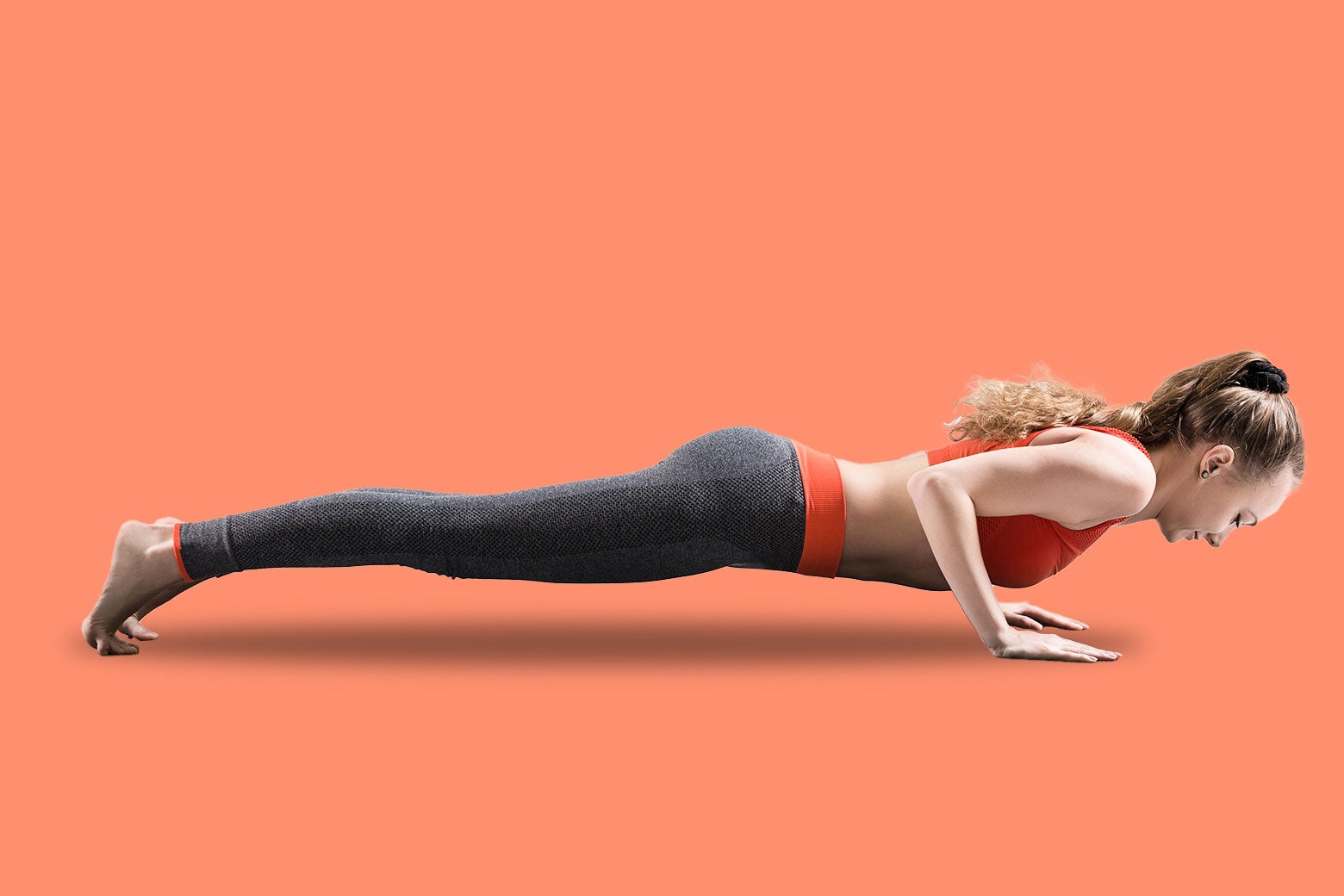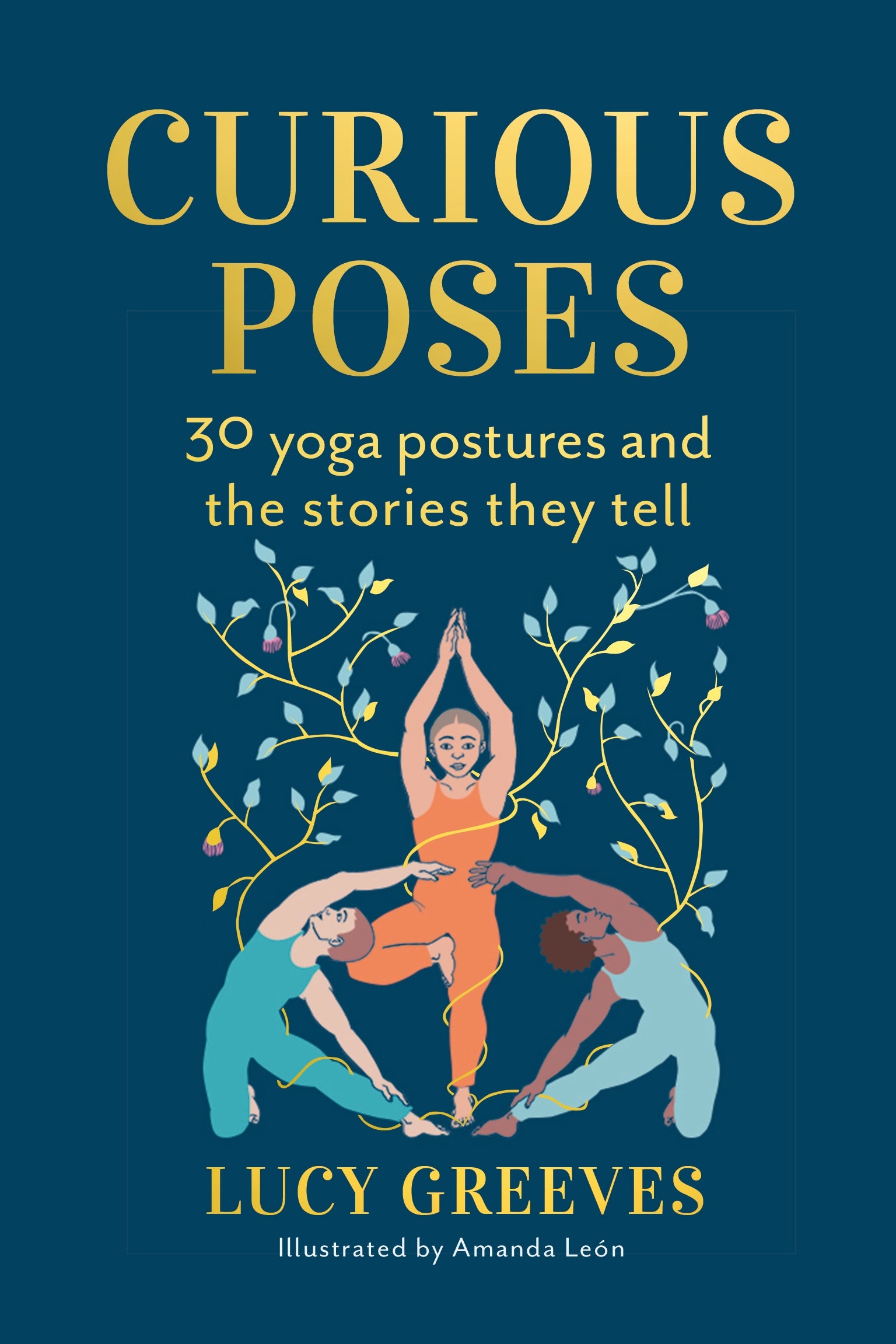The sun salutation that forms the basic scaffolding of the ashtanga vinyasa school of yoga is one of the most curious of poses. You may sometimes find yourself wondering, as I have done, whether you’re in fact engaged in a very fancy sort of burpee: stretch up, hands to the ground, jump back, do a press-up, jump forwards, stretch up—but make it yoga. And if so, you might have hit upon an interesting knot in the tangled history of yoga and gymnastics.
It’s almost certain that the family resemblance between surya namaskar and a burpee is not just coincidence. The great hatha yoga modernizers of the first half of the twentieth century—Tirumalai Krishnamacharya and his star students, K. Pattabhi Jois and B.K.S. Iyengar—developed their practice with reference to a range of influences from both European and Indian physical culture. (This fertile period of cross-pollination has been well documented in recent years—if you’re interested in digging deeper, key figures in contemporary English-language yoga scholarship for this period include Dr. Elizabeth De Michelis and Dr. Mark Singleton.) In later years, Krishnamacharya claimed that his method was derived from an ancient yoga text, which had conveniently been eaten by ants. But although sequences of yoga poses are present in the textual record from around 200 years earlier, the type of fast-moving sequences he pioneered at Mysore in the 1930s were clearly understood at the time as an innovation, and one that borrowed heavily from forms of gymnastics and body-building that were popular in India at that time; so much so that at least one of Krishnamacharya’s contemporary critics accused him of promoting circus skills rather than yoga.
Anyone who has observed a taught ashtanga class in progress, in all its swooping, strenuous grace, knows that it’s a beautiful spectacle. To the hypnotic soundtrack of synchronized ujjayi breathing (a technique to extend the length and refine the quality of the breath, which makes a characteristic “Darth Vader” sound), the students stretch and fold and jump and float, in unison, through a precise series of poses and linking movements known as vinyasa. This perpetual motion yoga looks very different from the more traditional hatha yoga asana—long-held seated or balancing postures in which the primary discipline is endurance rather than agile movement. But they have something in common: both can be understood as a kind of performance—yoga as spectacle.
It’s fashionable nowadays to talk of postural yoga as a type of inner work from which the outer appearance of the pose is an active distraction. The implication is that yoga-as-performance is not “real” yoga. Whichever side of that particular argument you find yourself on, it’s important to recognize that performance yoga is not a modern phenomenon. A very long time before Instagram, people liked to marvel at the strange things that yoga practitioners can do with their bodies. There’s a centuries-long tradition in India of physical austerities as a devotional practice. Holy men became famous for feats like holding one arm up in the air, or standing up 24 hours a day, for months or even years. When pioneering spiritual tourist Theos Bernard travelled to India to learn hatha yoga in the 1930s, the main focus of his training was on posture duration: holding a headstand for a minute longer each day until he could stay in place for three hours at a stretch. Obviously, many if not most devotees practiced their headstands in private—the fifteenth-century text Hathayogapradipika specifies a secluded hut in the forest for the perfection of yoga asana—but having eschewed possessions and traditional forms of labor, the yogins still needed to eat. Displaying their skills in the public square in exchange for alms was extremely common.
Curious Poses: 30 Yoga Postures and the Stories They Tell
By Lucy Greeves, Green Tree
Slate receives a commission when you purchase items using the links on this page. Thank you for your support.
The sun salutation—and by extension, the whole ashtanga vinyasa method—may also owe its format in part to the demands of public performance. In the 1930s, a young Pattabhi Jois was part of an elite troupe of young yogins trained by Krishnamacharya to demonstrate the more impressive aspects of hatha yoga to large audiences all over South India at the behest of the Maharaja of Mysore.
To identify the rich stew of cultural influences that helped to shape surya namaskar is in no way to diminish its mysterious power and beauty. It wouldn’t be the basic back-beat of (at a guess) half of all global yoga classes if it didn’t move us deeply, scratch some kind of itch that our bodies have to stretch and move together. To flow through a dynamic yoga sequence as part of a group, with shared purpose, is an uncanny experience. Like a flock of starlings or a shoal of anchovies, each body is attuned to its neighbors. Moods and impulses can flit across the group without warning. Sometimes this group energy feels like solidarity, sometimes like competition. It can be expansive and exhilarating: can carry you through a tough practice that you would easily have given up if you were attempting it alone and take your practice to new levels. It can also drown out your interoceptive voice and take you beyond your safe physical limits. Likewise, compulsive repetition of sun salutations can be immensely soothing and can also open the door to repetitive strain injuries.
This group dynamic is a relatively recent innovation in yoga practice, which for the previous 1,500 years had always been a rather solitary pursuit, so I think it’s interesting to compare how your sun salutations feel when you’re alone in the room. It’s a bit like exchanging the collective discipline of orchestral music for the looser explorations of jazz. Following that metaphor, you might like to experiment with tempo: how insanely sloooowly can you move through the sequence? Or go andante, each movement strolling smoothly into the next with no pauses. Or extemporize around the basic refrain; maybe even linger in one shape for the equivalent of a self-indulgent 10-minute drum solo.
Excerpted from Curious Poses: 30 Yoga Postures and the Stories They Tell by Lucy Greeves, run with permission of the author, courtesy of Green Tree, an imprint of Bloomsbury Publishing Plc. © Lucy Greeves, 2022

